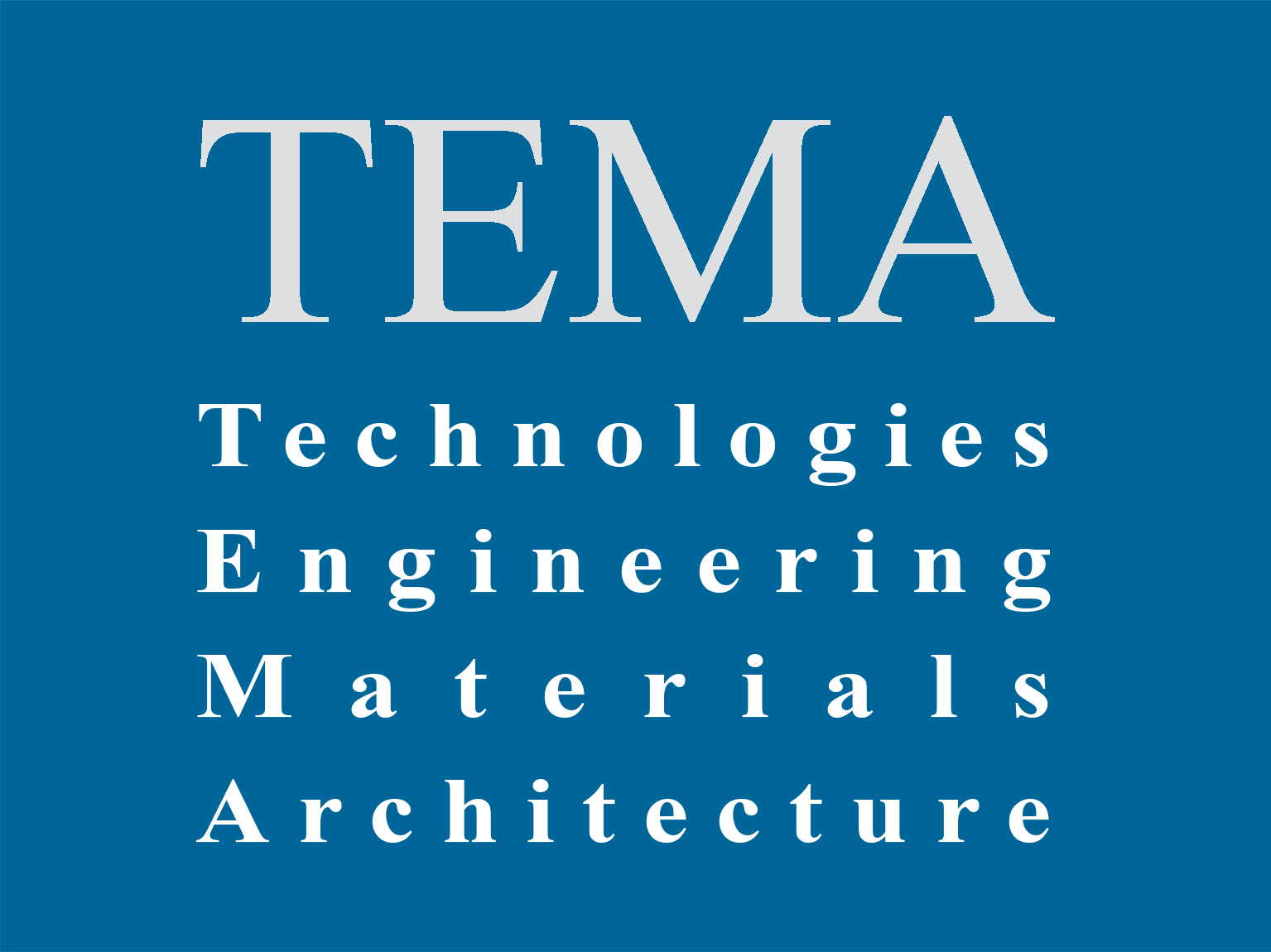Abstract
It is well known that a large part of the existing Italian and European building stock needs to improve its seismic and energy performances through deep renovation projects. Both seismic safety renovation and energy rehabilitation projects have high initial costs; therefore, owners and property developers often prefer the strategy of a complete demolition and reconstruction of the building. Perhaps this can be the easiest choice, but sustainability must be assessed from an environmental, social, and economic point of view. A Life Cycle Analysis using the Global Cost method, considering initial, operating, maintenance, and end-of-life costs, can provide important information to help key players identify the best intervention strategy for the selected case.
Therefore, a strategic feasibility analysis is needed for each deep renovation building construction project to evaluate the efficiency of the proposed alternative approaches, i.e., deep renovation or demolition and reconstruction, in terms of cost and building sustainability. With the Life Cycle Cost analysis (LCC) technique, the two project alternatives have been evaluated, also with the aim of optimizing detailed design choices to minimize Life Cycle Cost. The LCC minimization plays a fundamental role in the strategic planning of the project approach, and the Cost Breakdown Structure of building maintenance activities detects the most significant elements, termed central elements, that have a major impact on maintenance costs. The optimization of maintenance costs of central elements can increase the economic sustainability of the deep – renovation or reconstruction alternative projects.
The case study of the “ProGETonE – Proactive Synergy of Integrated Efficient Technologies on Buildings’ Envelopes” has been analyzed. ProGETone is a European research project concerning a deep renovation of an existing university building via the construction of a prefabricated steel exoskeleton.









